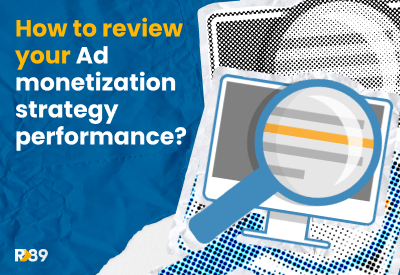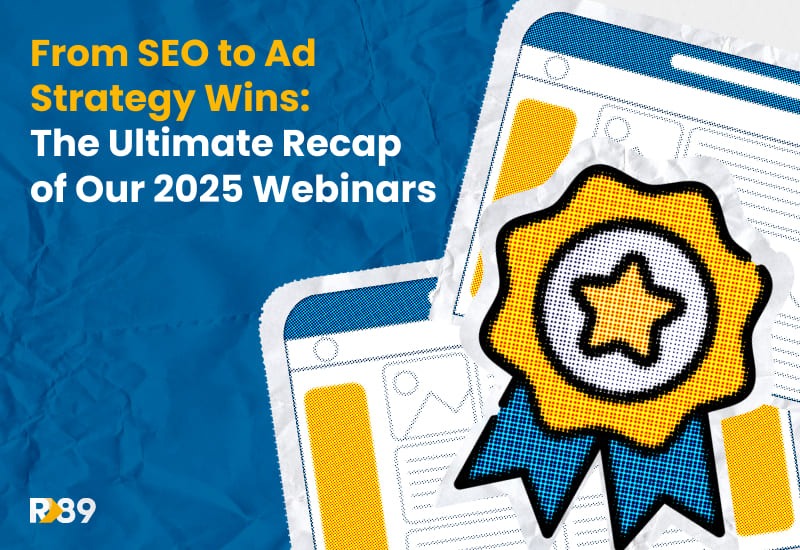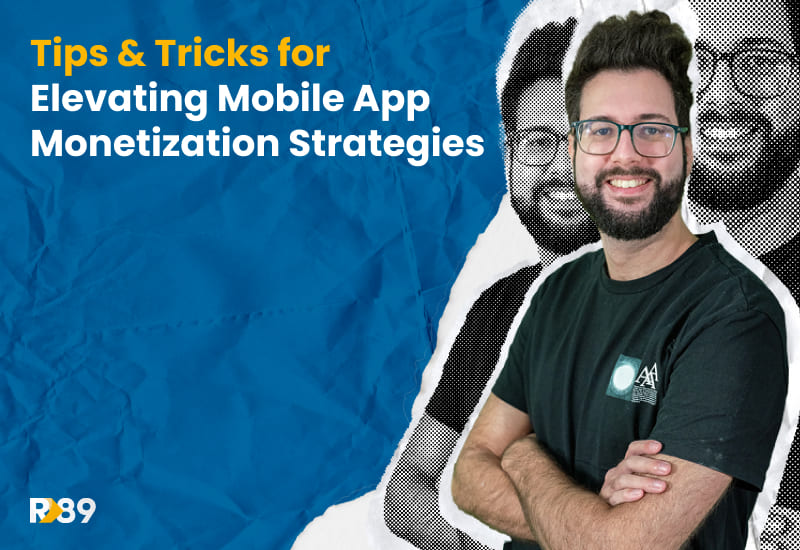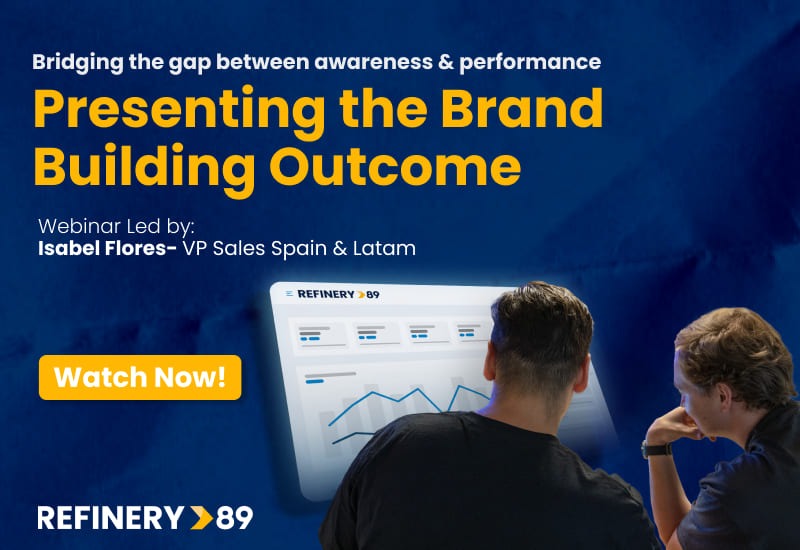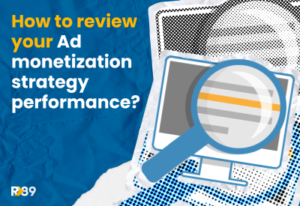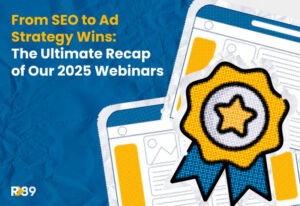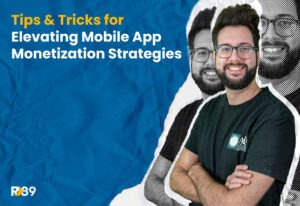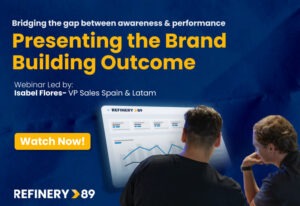Si tu gères un site web avec un trafic décent, tu connais déjà la chanson : ta boîte mail se remplit chaque jour de messages de prétendus “partenaires” qui affirment pouvoir doubler (voire tripler !) tes revenus du jour au lendemain. Certains sont bien intentionnés. D’autres, pas vraiment. Le vrai défi, c’est de savoir à qui faire confiance et comment éviter ceux qui te feront perdre du temps ou de l’argent.
Jaime Vázquez, notre dévoué Directeur des Ventes Internes pour les Publishers, prend le clavier aujourd’hui pour partager les 4 principaux signaux d’alerte à ne pas ignorer lorsque tu cherches un partenaire AdTech.
Voyons ce qu’il a à nous révéler, en commençant par la promesse vide la plus courante que tu peux croiser.
“Nous vous garantissons une augmentation de X % de vos revenus”
« Salut ! J’ai vu ton site et je pense que tu pourrais gagner 40 % de revenus pub en plus. » Ça te dit quelque chose ?
Celle-ci est la classique, et la pire de toutes les promesses. Personne et quand on dit personne, c’est vraiment personne ne peut te garantir une augmentation de X % de tes revenus sans connaître les métriques de ton site.
Bien sûr, il y a des exceptions. Si tu n’utilises pas encore un format publicitaire à forte valeur ajoutée, comme un Push-Up ou un Interstitial, l’ajouter à ta stratégie pourrait rapidement t’apporter une hausse de 30 à 40 % (voire plus !). Mais sans rien de nouveau et sans examiner tes données réelles, ce n’est que pure spéculation.
Chaque site est unique. Les revenus peuvent être influencés par de nombreux facteurs, tels que :
- La visibilité: Plus la visibilité est élevée, meilleurs sont les résultats.
- Temps passé sur le site: Des sessions plus longues signifient généralement une meilleure monétisation.
- Origine du trafic: Le pays et la source (recherche, réseaux sociaux, accès direct, etc.) comptent tous les deux.
- Densité des publicités: Plus de publicités peuvent signifier plus de revenus, non ? Mais si tu en abuses, tu finiras par nuire à l’expérience utilisateur.
Si quelqu’un te promet une hausse précise sans d’abord examiner tes métriques ou sans proposer d’ajouter un nouveau format, c’est un signal d’alarme.
“Nous avons une campagne directe de la marque X”
Quand tu vois dans ta boîte mail quelque chose comme “On vient d’obtenir une campagne de (nom de la marque) et ton site serait parfait pour ça. Il suffit d’ajouter cette balise sur ton site…”, il est temps de t’arrêter et d’y réfléchir à deux fois.
Les deals directs sont le rêve de tout éditeur grâce au CPM CPM (coût pour mille) attractif qu’ils offrent. C’est pour ça que ce discours fonctionne, et justement pour ça qu’il faut faire attention.
Si une marque est réellement intéressée par ton site, l’approche professionnelle consiste à signer un IO (Insertion Order) pour un nombre précis d’impressions à un CPM convenu. Idéalement, la campagne doit être diffusée via ton propre ad server, et non par une balise externe que tu ne peux pas contrôler. Et n’oublie pas de définir la durée de la campagne ! Si leur campagne se termine dans deux semaines, avec quoi rempliront-ils l’espace ensuite ?
“Tu peux gagner un CPM de X avec toute cette campagne.”
Pour faire suite à notre point précédent, tout n’est pas complètement faux. Certaines entreprises ont effectivement de fortes campagnes directes, mais la réalité est que la plupart des inventaires sont remplis de manière programmatique. Dans ces cas-là, il vaut mieux parler de RPM (revenus pour mille pages vues) plutôt que de CPM.
Pourquoi ? Parce qu’un CPM élevé avec un faible taux de remplissage va mettre ton RPM K.O.
Par exemple : si tu diffuses une campagne sur ton site à un CPM de 1 € et qu’elle n’obtient qu’un taux de remplissage de 10 %, tu finiras avec un RPM de 0,10 € pour cette campagne directe. Aïe.
Ce qui semblait être une super offre peut en réalité te faire perdre des revenus.
“Nous travaillons avec (nom d’un grand site web)” – Spoiler : c’est faux.
C’est une pratique courante chez les nouveaux venus sur un marché qui cherchent à gagner rapidement en crédibilité. Ils mentionnent de grands éditeurs avec lesquels ils prétendent “travailler”, alors qu’en réalité ce n’est pas vrai.
L’idéal est de vérifier cela via les fichiers ads.txt, en tapant /ads.txt juste après l’URL du site web. Le problème, c’est que tous les éditeurs ne les maintiennent pas propres et à jour, donc ce n’est pas toujours totalement fiable. Malgré tout, une vérification rapide peut t’éviter d’être induit en erreur.
Ce que les éditeurs devraient faire avant de croire à une promesse
Évite de perdre ton temps et tes ressources avec des promesses creuses en gardant ces bonnes pratiques à l’esprit :
- Demande des preuves et des références : Les vrais partenaires seront ravis de partager des études de cas, des références et des données vérifiables.
- Teste avec tes propres chiffres : Ne fais pas confiance aux pourcentages d’augmentation inventés. Mesure l’impact réel sur ton inventaire.
- Donne la priorité au RPM plutôt qu’au CPM : Fill rate, visibilitéet la demande réelle comptent plus que le CPM mis en avant.
- Vérifie le fichier ads.txt et les intégrations : Même si ce n’est pas toujours parfait, c’est une première vérification utile pour confirmer les déclarations d’un partenaire.
- Commence petit : Fais des tests courts avec la technologie de ton partenaire avant de t’engager dans des contrats à long terme.
Forger un vrai partenariat AdTech, ce n’est pas une mission impossible
Toutes les entreprises AdTech ne sont pas mauvaises. Certaines des bonnes régies publicitaires utilisent aussi le même vocabulaire : uplift, revenus, configuration facile… car c’est ce que les éditeurs s’attendent à entendre. La différence se joue dans le suivi et la capacité à tenir ces promesses. Toi, en tant qu’éditeur, tu devrais te concentrer sur des partenaires capables de prouver leur valeur avec des données, de fournir des résultats constants et d’investir dans une relation à long terme plutôt que dans des gains rapides.
La transparence dans l’AdTech n’est pas négociable, et c’est pourquoi nos Refiners vont droit au but pour garantir la meilleure stratégie afin de faire croître ton site. Découvre ici notre mission, nos solutions et nos services personnalisés pour maximiser la monétisation de tes publicités.

